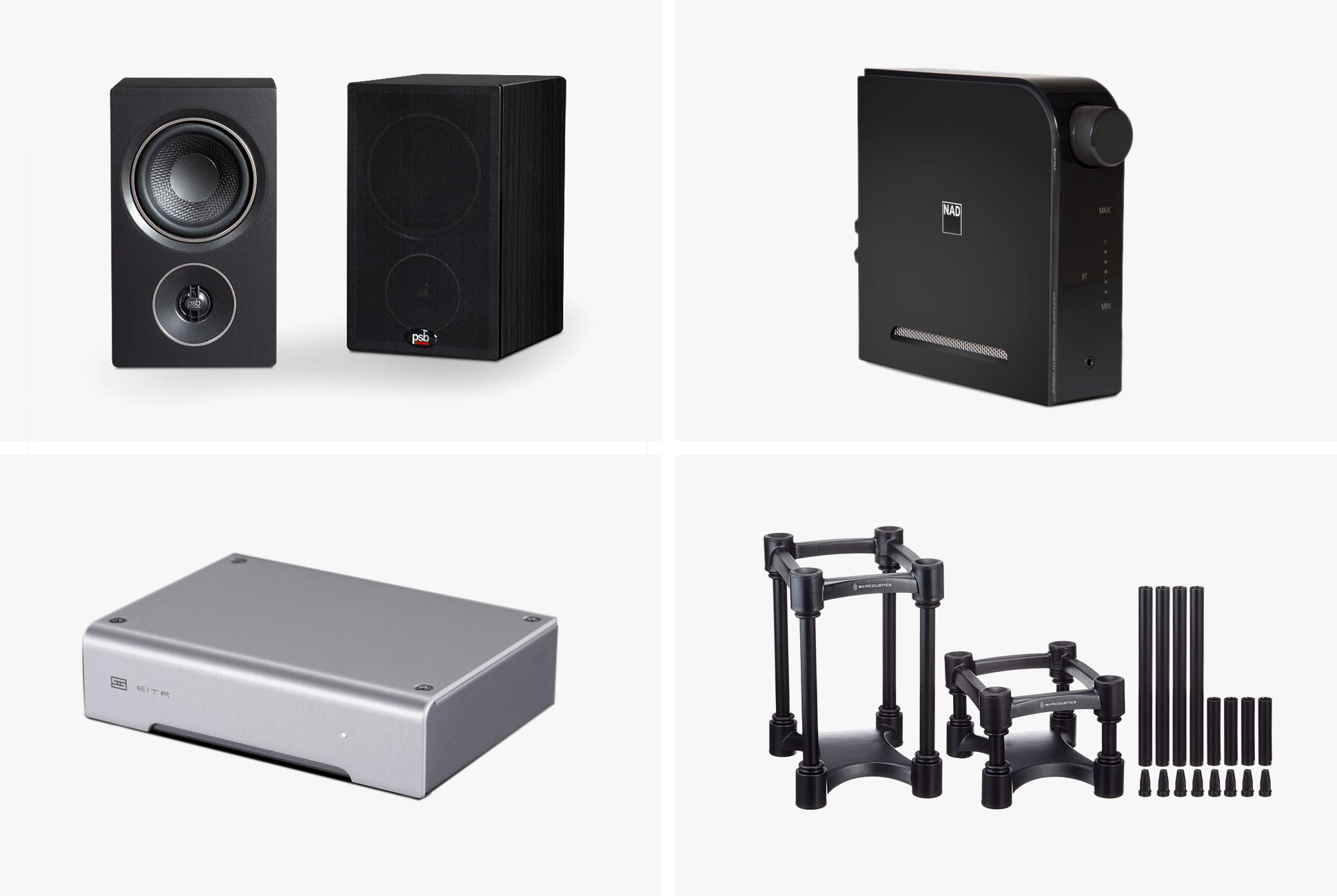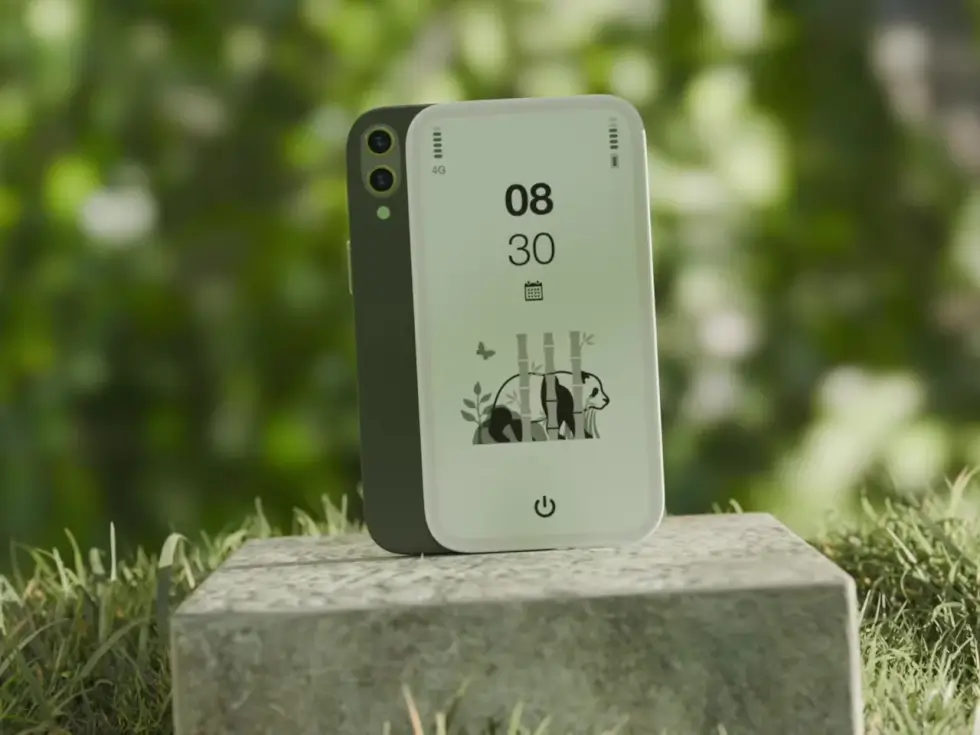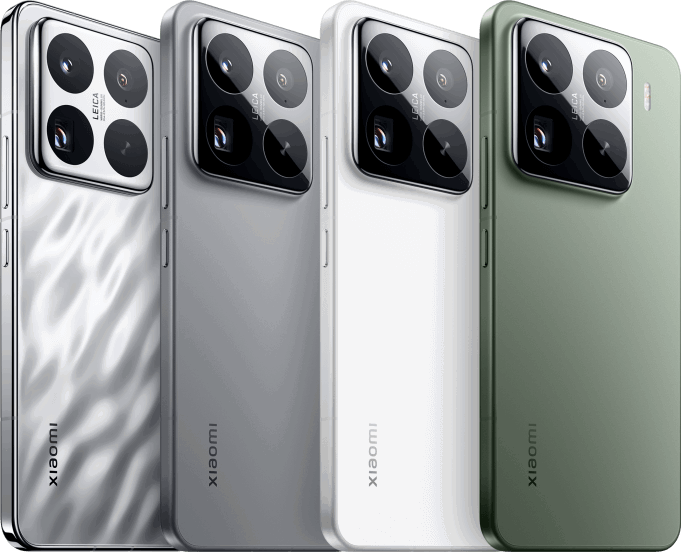Americans spend too much time at their desks. We are either workaholics in comparison to our counterparts in Europe or just less efficient. Either way, it’s led to a new obsession: desktop audio. And because so many millions of people work both in a traditional office and remotely, the category has exploded. But before you whip out your wallet and go shopping, we have both some set-up advice and buying suggestions based on our day-to-day experience with products.
If you spend a lot of time listening to music via headphones, it makes sense to consider a portable headphone amplifier/DAC that doubles as your desktop amplifier/DAC as well. There are high-end desktop headphone amplifiers/DACs, like the AudioQuest Dragonfly Red ($200), that are small enough to fit in your pocket. Make sure you measure your desktop. It sounds obvious, but you don’t want loudspeakers that don’t actually fit. And invest in stands. Professional recording engineers utilize desktop loudspeaker stands to angle the drivers at their ears and the impact is not subtle; bass will tighten significantly and the music will sound more open and transparent.
A desktop audio system creates a near field listening situation; your listening position is much closer to the loudspeaker which will minimize the impact of the sound reflecting off surfaces like your desk, computer monitor, ceiling, and walls beside and behind you. With that in mind, experiment with pointing the loudspeakers straight ahead or pointed directly at your listening position. The tonal balance of your loudspeakers will change as you alter the degree of toe-in. Move the loudspeakers at least 1-2 feet from the side of your computer monitor to improve the solidity of the stereo image.
The Upgrade: Under $500

Audioengine is one of our favorite manufacturers of affordable desktop loudspeakers because they offer great sound quality and the right mix of connectivity options. They also have a slightly warmer tonal balance which we find preferable in an active loudspeaker used on a desktop. The A2+ sound much larger than they look; their 2.75-inch aramid fiber woofer and 3/4-inch silk dome tweeter driven by an internal 60-watt amplifier (30 watts per channel) can more than keep up with the music when pushed, but don’t expect them to work miracles. Audioengine includes an internal 16-bit/48kHz DAC, and while that certainly suffices for MP3s and CD RedBook, the addition of an external 24-bit/96kHz or even 32-bit/384kHz and DSD DAC makes them perform even better. Better resolution, tighter bass, and improved transparency.
Both the AudioQuest DragonFly Red or iFi Nano DAC/headphone amplifiers offer a significant jump in sound quality and can be used as a desktop and portable headphone amplifiers.
The Setup
Audioengine A2+ Loudspeakers – $249
Audioengine DS1 Loudspeaker Stands – $29
AudioQuest DragonFly Red USB/DAC – $200
IFI Nano iDSD DAC/Headphone Amplifier – $199
The Serious Setup: Under $1,000

Paul Barton, the founder of PSB, is one of the world’s most respected high-end loudspeaker designers with a forty-year track record of success that puts him in very elite company. Barton has shifted his focus to creating really affordable high-end loudspeakers and his latest model; the $200 Alpha P3 are wrapped in layers of brilliant acoustic engineering. Once you get over the realization that you will not hear very much below 60Hz, the diminutive Alpha P3 get very little wrong with a remarkably clean-sounding midrange and an extended top-end that make them ideal for a desktop system. A pair of desktop stands is pretty necessary to make sure the tweeter hits your ears and not your chest.
NAD is a sister brand to PSB and the D 3020 V2 digital integrated amp proves to be an ideal match. The recently introduced D 3045 integrated offers more power and connectivity options than its less expensive sibling, but we find ourselves preferring the D 3020 V2 which sounds slightly fuller. The original D 3020 included a USB digital input, but NAD decided to replace it with a MM phono stage instead; which is great if you already have a turntable and want to listen to records while you work. The D 3020 V2 offers support for Bluetooth aptX, and includes both optical and coaxial digital inputs. The elimination of the USB digital input would be a deal killer if not for a clever workaround courtesy of the Schiit Audio EITR that not only gives you an external USB digital input for your smartphone, tablet, or laptop, but also improves the sound quality of your digital source by isolating the USB source from electromagnetic and electrostatic noise.
The Setup
PSB Alpha P3 Loudspeakers – $199
NAD D 3020 V2 Hybrid Digital DAC Amplifier – $399
Schiit Audio Eitr (USB to SPDIF Interface) – $179
Isoacoustics ISO-155 Loudspeaker Stands – $110
Go Big or Go Home: Under $2,000

ELAC and Schiit Audio are prime examples of 21st-century audio companies that get it; they understand that the expensive high-end separates market is shrinking and that the real growth is in the portable/desktop audio categories and affordable high-end loudspeakers. This higher-end desktop system takes the affordable, ELAC Debut 2.0 B5.2 loudspeakers and drives them with the Schiit Vidar power amplifier that has more than enough grunt to drive very demanding loudspeakers in a listening space considerably larger than your desktop. Retailers tend to sell the entry-level Debut speakers with comparably priced receivers, and from our own daily listening experience, you are not hearing what these loudspeakers are capable of if that is your scenario. The front port on the B5.2 allow you to push these loudspeakers much closer to the wall or edge of your desk and not overload your listening area with bass.
The Vidar can output more than 100 watts into 8 ohms, but it is the degree of control and tonality that will make you love this shoebox-sized amplifier. The Vidar runs a little warm; both in actual temperature and from a tonal perspective. Keep it well ventilated and away from prying little fingers. The B5.2/Vidar combination will engage you for hours and works well with all genres of music.
The heart of this system is Schiit’s hybrid modular Lyr DAC/headphone amplifier. The 24-bit/192kHz DAC connects to your computer through the USB digital input, and the internal headphone amplifier has multiple gain settings for both IEMs and demanding Planar Magnetic headphones like Audeze, HiFiMan, or MrSpeakers. If you prefer listening to vinyl while you work, you can order the Lyr with a phono module instead of the DAC.
The Setup
ELAC Debut 2.0 B5.2 Loudspeakers – $250
Schiit Audio Vidar Power Amplifier – $699
Schiit Audio Lyr Hybrid DAC/Headphone Amplifier – $724
Iso-Acoustics ISO-155 Loudspeaker Stands – $110




